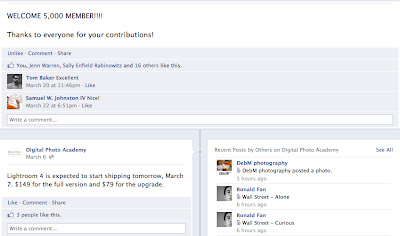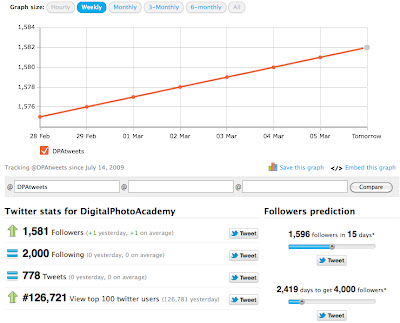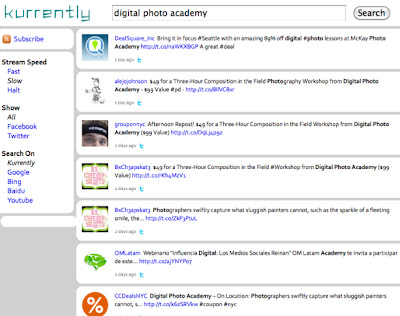With almost 10,000 unique visitors in February, when they usually receive 3 - 6,000 unique visitors per month. They also average about 100 new Facebook likes per week, passing the 5,000 mark on March 20th. For more information on DPA's current online statistics, please refer to my last blog post.
Keeping Bernoff's five objectives of Listening, Talking, Energizing, Supporting and Embracing in mind, I have made several suggestions for updates that I think would vastly improve DPA's online appearance.
A. Get Rid of The Blog:
In Groundswell, Bernoff says that a company should not create a blog if they cannot devote the time to upkeep, as a bad blog is “worse than not having a blog at all (115),” and “pulling the pull will have a negative impact on your customers (123).” Unfortunately, we cannot go back in time and stop the blog from every having been made, but I am confident that by embracing Facebook and Twitter, DPA can accomplish everything that had hoped the blog would without losing customers. Since the blog has not been updated in over a year, it is clearly time to move on. It needs to be deleted from the website and Facebook page so that DPA students or future students do not click on it and see that it has been neglected.
B. Triple Check Everything that goes on The Website:
-Make sure there are no formatting inconsistencies in the Instructor Bio pages and City pages
-Classes far in the future are listed as "Sold Out" when they are not
C. Update the Website Frequently:
-Assignment section should be updated every month
-Staff Section not current
D. Make Necessary Changes to Facebook, and Update Frequently
-Add a cover page
-Expand the information listed under "info"
-"Like" every Instructor's Facebook page (if they have them) and make sure every instructor has "liked" DPA
-Add videos from website to Facebook page
-Every schedule update and new city added should be announced on Facebook and Tweeted
-Require every instructor with a Facebook to post and tweet at least one picture from each class
-Button for "Like My Picture Contest" currently leads to a blank page --> Have quarterly contests with actual prizes
-Encourage students to upload pictures to Facebook for instructor feedback
-Tweet and post an "Instructor Tip Of The Week"
-Answer every question posted to Facebook and Twitter in a timely manner
-Occasional office updates to remind people this a small business and not a large corporation
E. Tweet Often
-Other than Tweeting information that is also going on Facebook, they should also respond to every single Tweet that mentions taking a DPA class
Conclusion:
Since Digital Photo Academy is such a small company, it is unsurprising that they are unable to devote a significant period to their online presence or hire an employee who is devoted solely to online upkeep. However, I feel confident that if they devote some time to the changes I suggest, upkeep will be minimal. If one employee were to spend one hour per workday, or at the very least one hour twice a week, Digital Photo Academy’s online presence could easily see a vast improvement. As Bernoff says, “You cannot ignore this trend … you have to move forward (75).”













